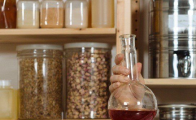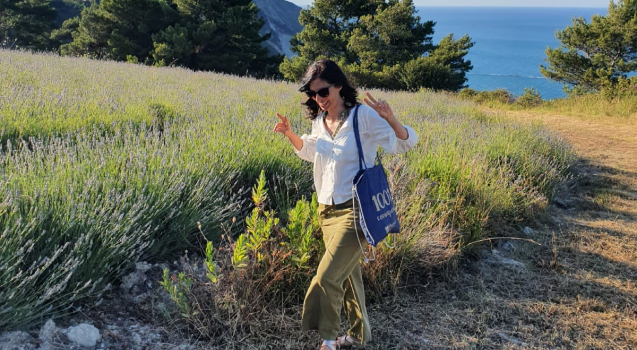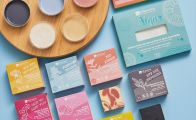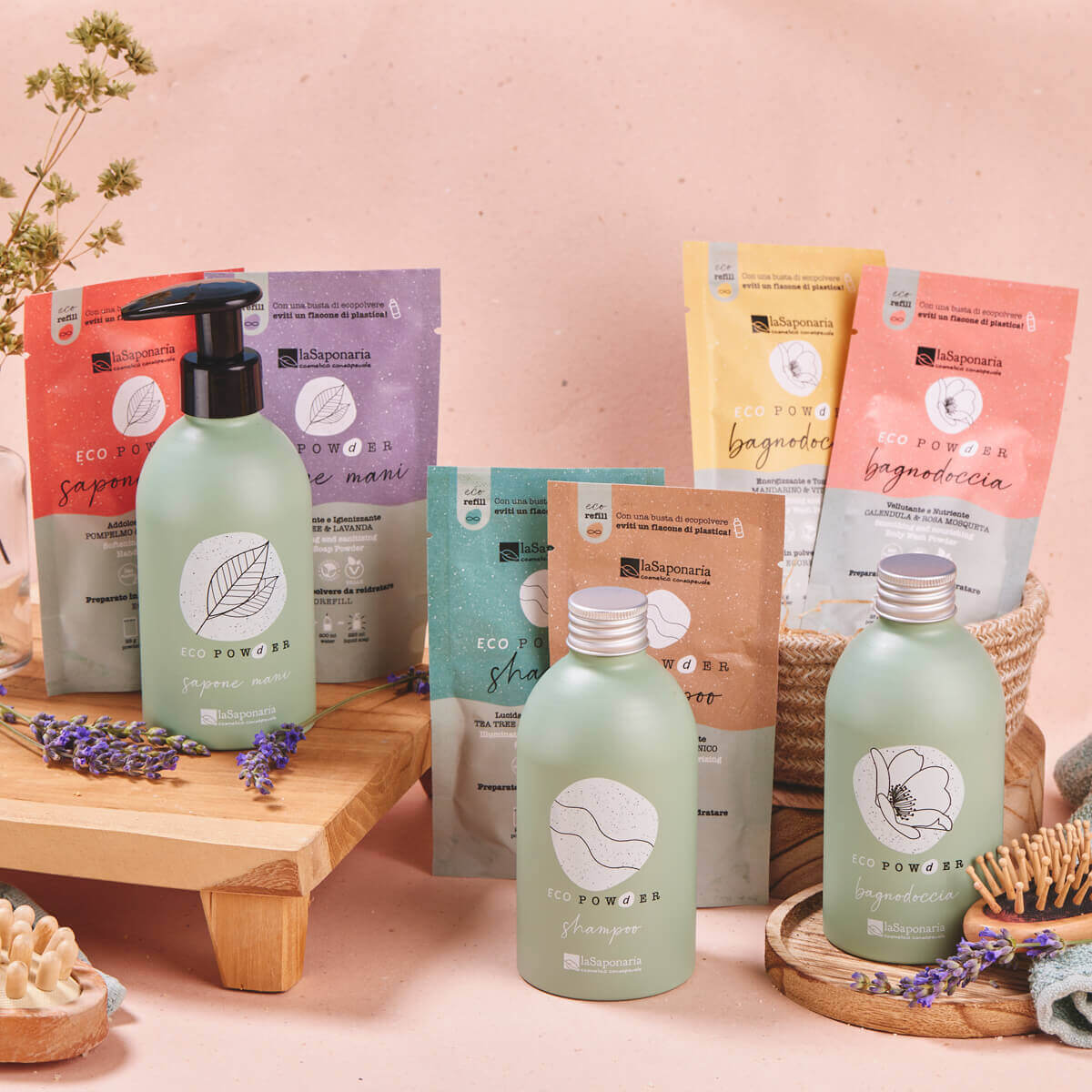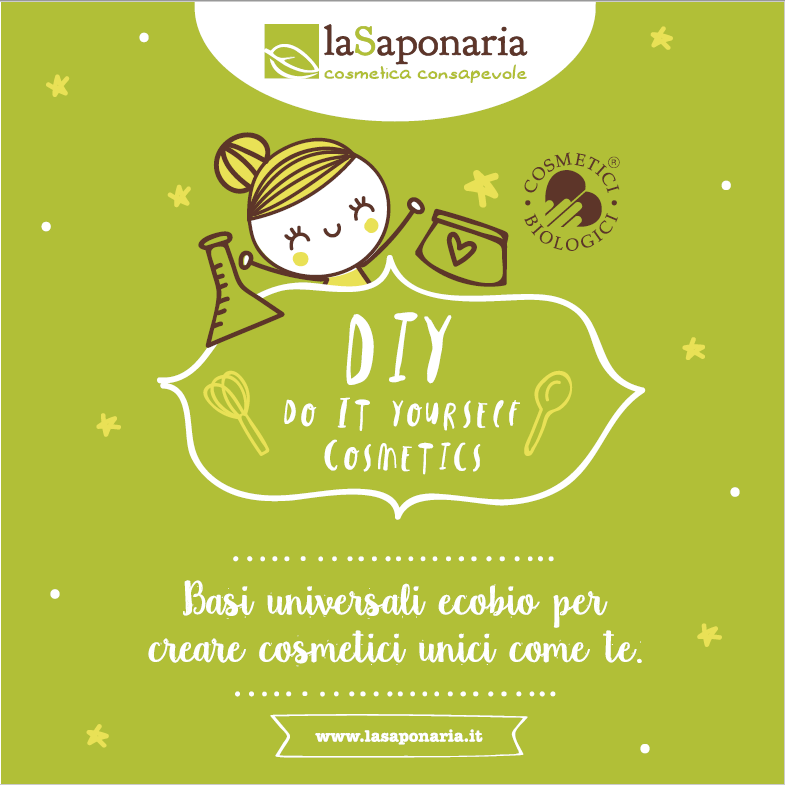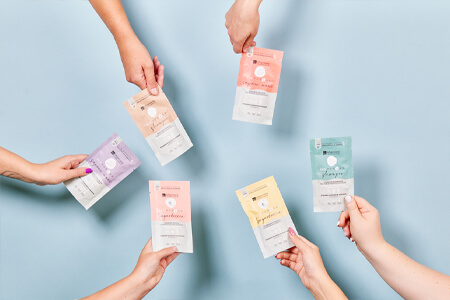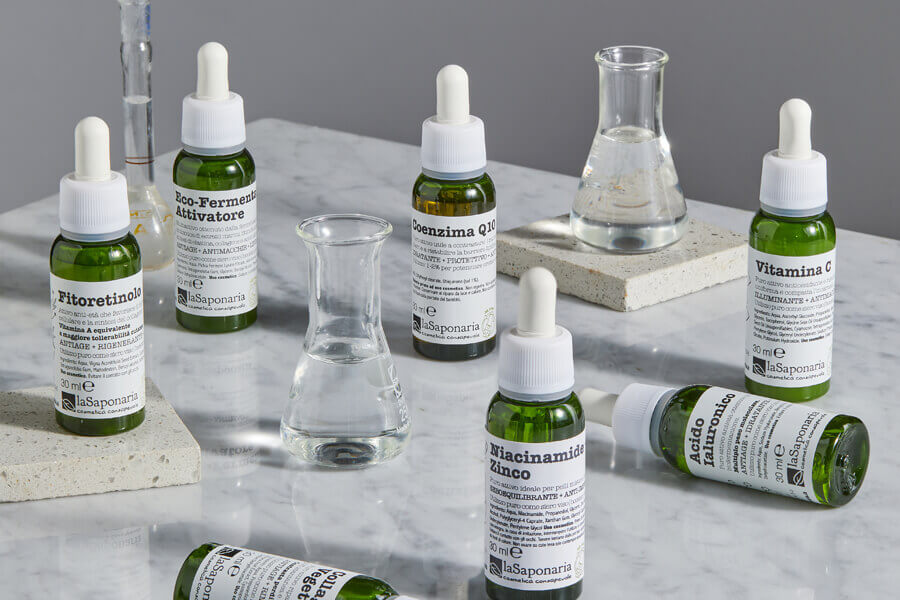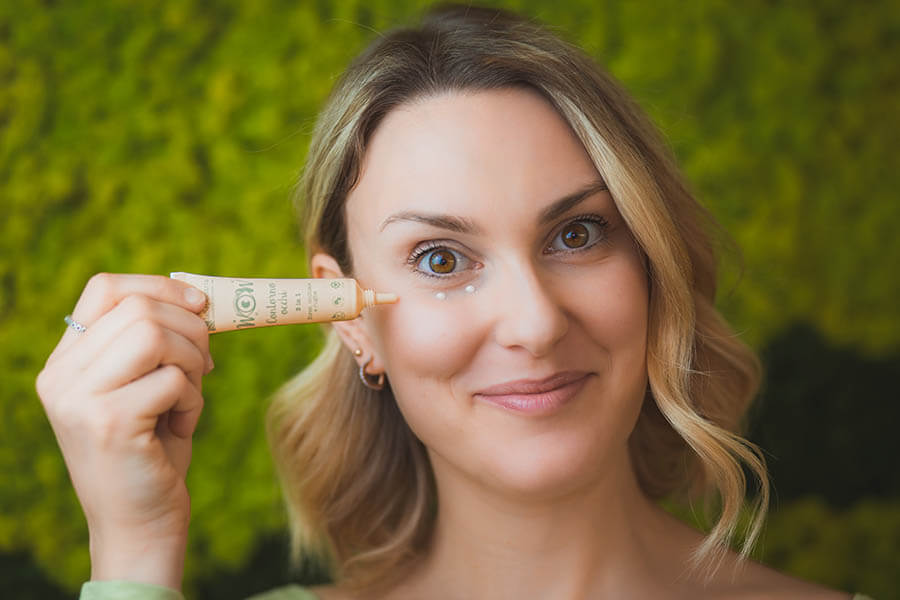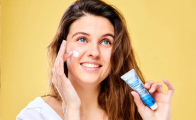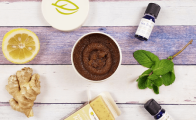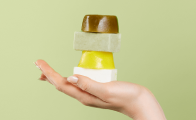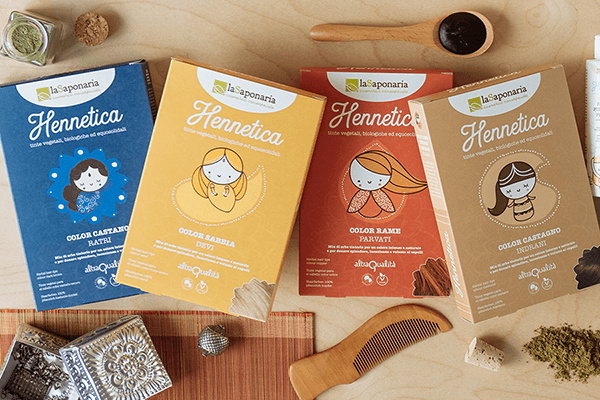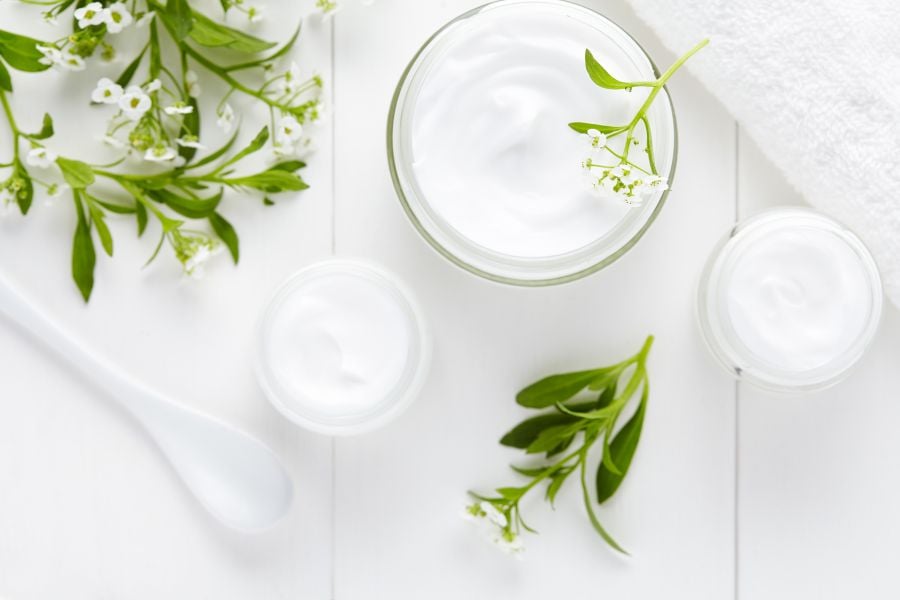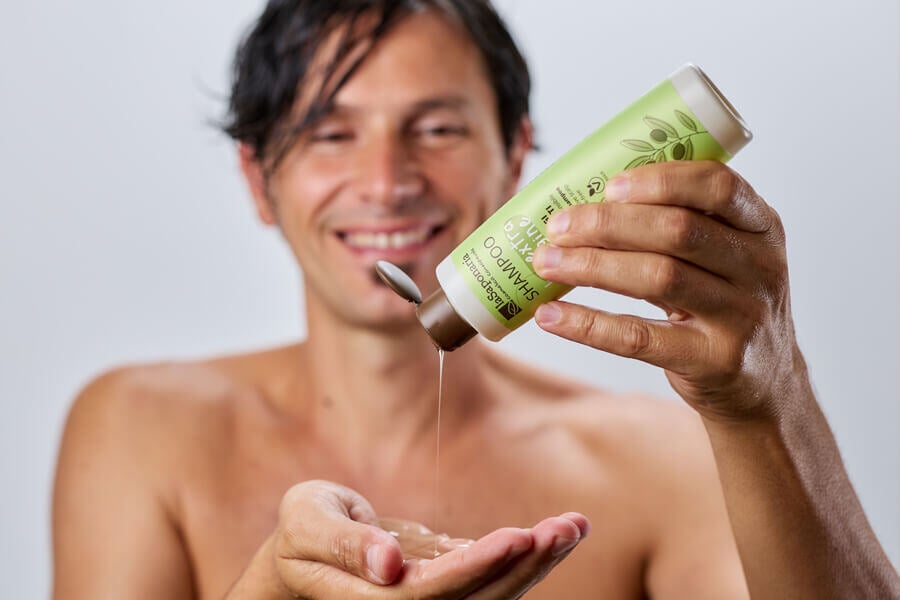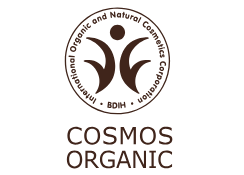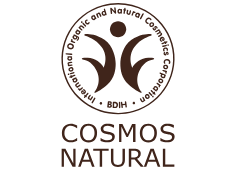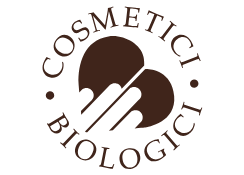The insights of La Saponaria
Hennetica vegetable dyes: beauty and health for your hair
Hennetica natural colours are a true beauty treatment for hair, not only to cover grey, but also to make hair stronger and healthier.
Here's who the 8 Hennetica goddesses are, which ones to choose according to your base colour and how to get the most out of these fabulous herbal dye mixes.
How the idea for Hennetica came about
The Hennetica range originated from a basic idea: to offer a product designed not only to make hair look good, but also to make a more general contribution to the wellbeing and health of the person, while respecting the environment around us.
Hair definitely makes a statement: it can convey sensuality and confidence, and express character and determination.
Thick, shiny, beautiful hair is above all healthy hair. The Hennetica range was created precisely to offer a valid alternative to chemical dyes, using henna and colouring herbs, for beautiful and healthy hair.
Natural colours are a healthier and hair-friendly alternative to chemical dyes, which are full of powerful allergens that can sensitise the skin, as well as being highly polluting and toxic for aquatic wildlife.
With natural dyes, the colour pigments wrap around the cuticle and bind to the keratin, filling in the scales of the hair. This leaves the hair shaft more full-bodied and shiny, with fewer split ends and very natural highlights.
The powder dyes in the Hennetica range contain blends of henna and colouring herbs, skilfully mixed in the right quantity to give the hair natural, brilliant colours and highlights.
They are natural colours with a green heart, because all the herbs are grown according to ethical principles and without the use of harmful chemicals.
When can a dye be considered natural?
A 100% natural dye must fulfil certain fundamental characteristics. It must:
• be free from ammonia, metal salts, sodium picramate and other chemical additives
• not contain hydrogen peroxide
• not contain formaldehyde
• be only based on colouring herbs and/or henna
So, to make sure a dye is truly natural, it’s essential to read the INCI list very carefully, to ensure there are no chemical substances, and only colouring herbs.
The benefits of henna and colouring herbs
Henna and colouring herbs not only give our hair natural, bright colours, but also have many other benefits:
• they colour permanently
• they strengthen the hair shaft
• they reinforce the locks
• they restructure the hair
• they bring shine to the lengths
• they make the hair soft and silky
Over time, henna boosts the body and strength of the hair, leaving it looking soft and beautifully shiny.
Hennetica: 8 goddesses for 8 colours, and a special product
The colours in the Hennetica range are a clever mix of organic colouring herbs and henna, for a natural colouring and to boost body and shine.
They contain no sodium picramate, no ammonia, no metallic salts and no chemical additives, so as not to damage the hair or our Earth!
7 colours to meet the needs of everyone’s hair :
• Blonde - Devi
• Hazelnut - Lakshmi
• Light brown - Sarasvati
• Copper - Parvati
• Pomegranate - Durga
• Rosé - Shakti
• Chestnut - Indrani
• Dark brown - Ratri
Plus Avatara, a purifying mint shampoo to prepare the scalp and hair for vegetable dyeing, for a more intense, long-lasting colour.
The final colour is always customised
The most fascinating aspect of using natural dyes is precisely the fact that they adapt to the original colour, without attacking it or overpowering it completely: each colour obtained is linked to the history of the hair, its ability to absorb pigment and the natural base colour.
So, the colour obtained will depend on the natural base colour, the hair's ability to absorb the colour, and any previous treatments using chemical dyes.
That’s why we always recommend doing a test on a lock of hair (hidden or taken from the brush) to see if the final colour meets our expectations.
In any case, you shouldn’t expect the standard, single-tone, uniform effect on the whole hair typical of chemical dyes, because natural powders act by layering the colour (and never lightening it), giving glossy, unique highlights that are different each time: if you apply copper red on a brown base, for example, you will not obtain a lightening of your colour, but very vibrant red highlights.
Another example is what happens with our Rosé Colour, which gives a mahogany tint, with aubergine highlights, on dark hair, while it gives a pink tint on blonde or white hair.
The result with colouring herbs is always customised, and always depends on the base colour!
Is it possible to cover grey hair with colouring herbs? Yes: it is always possible to cover grey with colouring herbs. In some cases, two applications will be necessary, but in general, one is often sufficient. Our advice is always to wash your hair with the Avatara Pre-dye Shampoo, which opens the scales of the hair and allows the herbs to adhere better. Then just leave the paste on for 1 hour and 30 minutes, rinse with water only and wait 24-48 hours before washing with organic shampoo and conditioner.
If the grey is not completely covered, a second application can be done a few days later.
How to apply colouring herbs
If you are new to colouring herbs, you’ll be amazed at how easy Hennetica is to apply. The procedure is simple, and is written on the packaging. Here’s an explanatory video with all the steps:
The advantages of mixes
The Hennetica natural dyes are 100% pure blends of only colouring herbs, blends that have been improved and made super-effective thanks to your suggestions. Here are the main areas of improvement we have worked on:
• They offer better colour performance
• They require a shorter leave-in time
• They offer improved grey coverage
The number and type of colouring herbs included in each colouring product have been expanded over the years: a wider pool of colouring herbs has enabled us to achieve increasingly effective colour results over time, in terms of colour performance and grey coverage.
The increase in the number of colouring herbs has meant an increase in the suppliers we have partnered: small farmers from different parts of India who produce organic colouring herbs.
The decision to expand and diversify suppliers was prompted by the need to be able to draw on a greater number of colouring herbs. Beneficial though this has been for the effectiveness and colour performance of the dyes, a downside has been the complex, time-consuming process of evaluating the various ingredients in order to offer guarantees of integrity, quality and safety (a must for us) and to create a more complex supply and production chain. Despite this, we have now managed to certify the entire supply chain and obtain Organic, Vegan and Ethical certification for our colouring herbs.
The new Hennetica blends are therefore composed of herbs that:
• come from certified organic farming
• come from sustainable agricultural projects in India
Our Quality Controls
As we worked on colouring herbs and delved more deeply into the subject of vegetable dyes, numerous issues came to light. These products have to be imported, so they present a high risk of bacterial contamination, adulteration and outright counterfeiting.
Unfortunately, colouring herbs are raw materials subject to bacterial contamination and outright counterfeiting
That is why we have established and implemented extremely thorough quality controls (microbiological, contamination, purity, heavy metals), accompanied by efficacy checks and checks on the colouring performance of the herbs, as well as controls to prevent adulteration and ascertain the purity of the raw materials.
Controls are generally carried out on samples of colouring herbs collected directly from farmers.

We were not satisfied with these initial checks, and we also wanted them to be carried out on the individual batches actually imported.
To guarantee high standards of quality and safety, we carry out double testing on every batch imported: our company practice, which applies to all our products and not only in this specific case, is not to rely only on certificates provided by suppliers, but to always carry out further control analyses at specialised laboratories in Italy.
Carrying out these double checks has unfortunately picked up on frequent discrepancies, especially regarding imported products. Without such checks, these discrepancies would not come to light.
Every time a discrepancy or incorrect values emerge, however, it is necessary to start from scratch, and this makes the process significantly more time-consuming. Unfortunately, during the months it took to test the new colouring herbs, first during sampling and then during production, we experienced several interruptions due to incorrect values.
This made for an intense few months in our research laboratory, where we dyed miles and miles of hair for our tests, repeated many analyses and quality tests... we got off to an unfortunate start, but what counts is the end result, which we’re very satisfied with!
Quality assurance: the checks carried out
The main guarantee of a quality product is the INCI, as governed by the European Regulation, but the list of ingredients goes hand in hand with checks throughout the entire production chain, tests on all batches imported, on those sampled directly by suppliers, and on the finished product.
Let’s take a look at the specific checks and analyses we perform:
• We start by considering the herbal dye powder, of which we ask the supplier for a sample for approval. Once it arrives at our premises, this sample is analysed at accredited laboratories to assess the presence of bacterial load or other problems related to the product (presence of moulds, yeasts, toxins, pathogens, heavy metals)
Analyses are used to assess the presence of heavy metals within the limits permitted by law, possible pesticide residues, and the presence of microbial loads and pathogens, comparing all the results with the documents sent by the supplier and the analyses declared.
• Customs deals, with variable frequency, with randomly conducted analyses for pesticides and metals
• We always have accredited laboratories carry out mass spectrometry, a specific analysis to assess the absolute purity of the plants
• When the verification analyses on the incoming batch are positive, we continue with the cosmetics-specific analyses before we draft the PIF (product information file), a document that assesses the safety of the product from every point of view
This is because plant powders are subject to adulteration with inorganic pigments and other hidden dyes, designed to boost their colour performance.
• If the results of these first steps are satisfactory, colour trials are started on real hair strands
The analyses required to draw up the PIF, the purpose of which is to assess the safety of the final product, are the tests carried out in advance on the sample as explained above; these are followed by the toxicological profile of the raw materials, chemical-physical and microbiological stability tests, ageing tests and analyses on the level of exposure of raw materials for the use of the product.
• After drafting the PIF and proceeding with the product notification on the CPNP, the centralised European portal to which the company must compulsorily notify a product before marketing it
Clearly, this PIF also takes account of the views of the SCCS, the European Commission's Scientific Committee on Consumer Safety, which was critical of lawsonia due to insufficient data.
However, the SCCS also states that its use is considered safe for the consumer when applied as indicated in the directions for use (e.g. dissolved in water) as long as the lawsone content is less than 1.4%.
Obviously, based on these indications, we analysed the lawsonia content of our blends before placing them on the market. The content of our blends averages below 0.5%, well below the safety threshold.
When we choose a certified product marketed by serious companies, we undoubtedly have a more environmentally friendly and healthier alternative to many chemical dyes.

Written by Simona
She is La Saponaria’s digital writer: always juggling a newsletter to send and a blog article to publish, she lovingly takes care of our social media channels and our e-commerce.



